
Research Fields
Geology (from the Greek words γη- (ge-, “earth”) and λογος (logos, “science”)) is a science that studies the Earth and its history, structure, composition, and the events that affect its formation. The objects of the study are the rocks that make up the Earth’s crust and the processes that create rocks. The applications of geology are of economic importance, especially in the search for ores, minerals and fossil fuels.
Geology is divided into several research branches. In these, one learns, among other things, about the chemical composition of the soil, the search for and evaluation of natural resources. Physics, biology and chemistry are all used in geology.
The geological time scale divides the most recent 4.5 billion years of Earth’s history into internationally agreed periods ranging in length from millions of years to thousands of millions of years. Time periods are usually presented in descending order of age, roughly symbolizing sedimentary rock layers. There is no complete sedimentary rock deposit covering all periods, so research data has been obtained from sub-deposits located around the globe.
AIRA focuses on the creation of the Lappajärvi meteorite crater approx. 78 million years ago and new rock types created by the impact of the meteorite, e.g. kärnäite and the formations created by the impact.
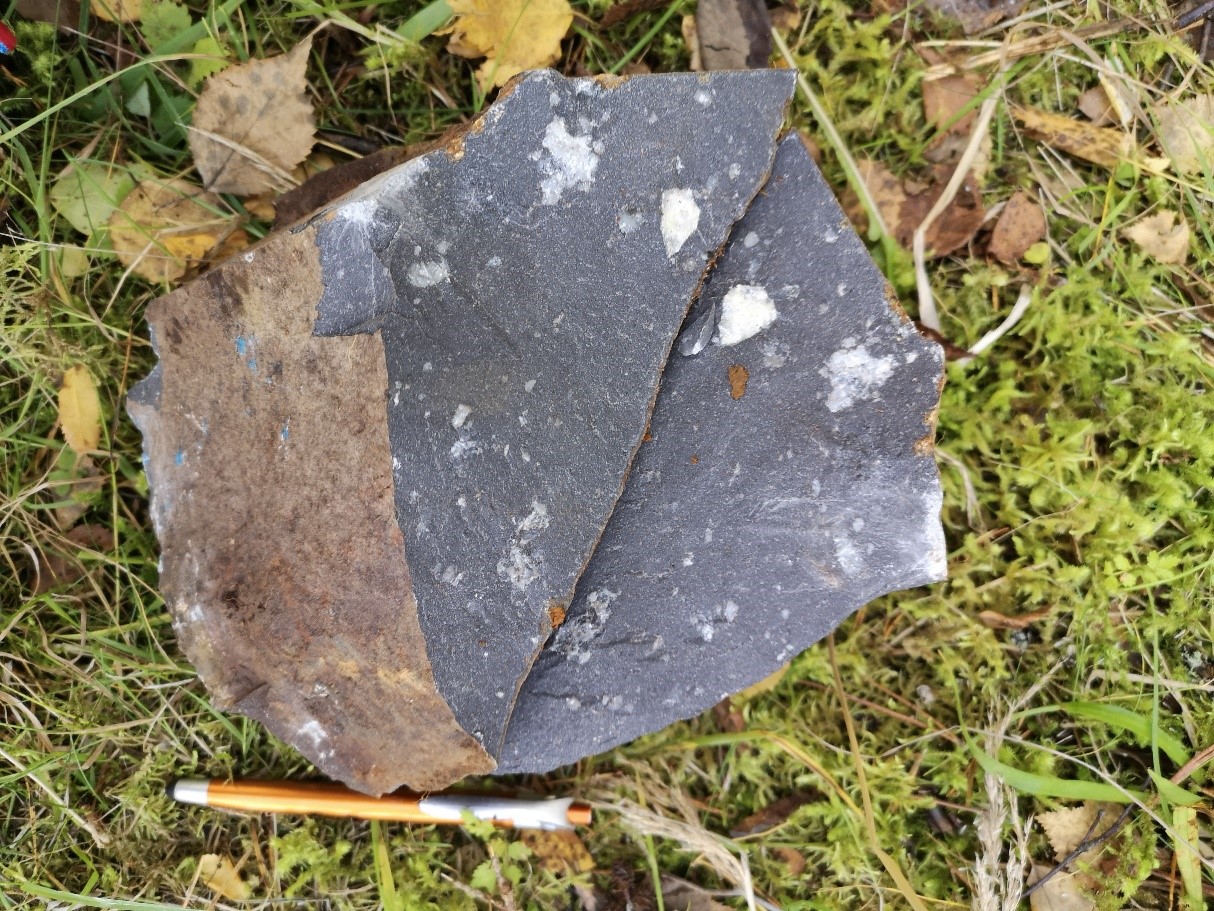
Mineralogy
Mineralogy is a branch of geology that studies the crystal structure and chemical and physical properties of minerals. In addition to this, mineralogy includes the study of the origin and formation of minerals and their classification. Mineralogy also studies the occurrence and geographical distribution of minerals and their utilization.
The mineralogical research carried out by AIRA opens up a view of the space material brought to Earth by the meteorite. Microscopes can also be used to examine minerals such as erionite and heulandite that were formed during the cooling phase of the crater after the impact of the meteorite.
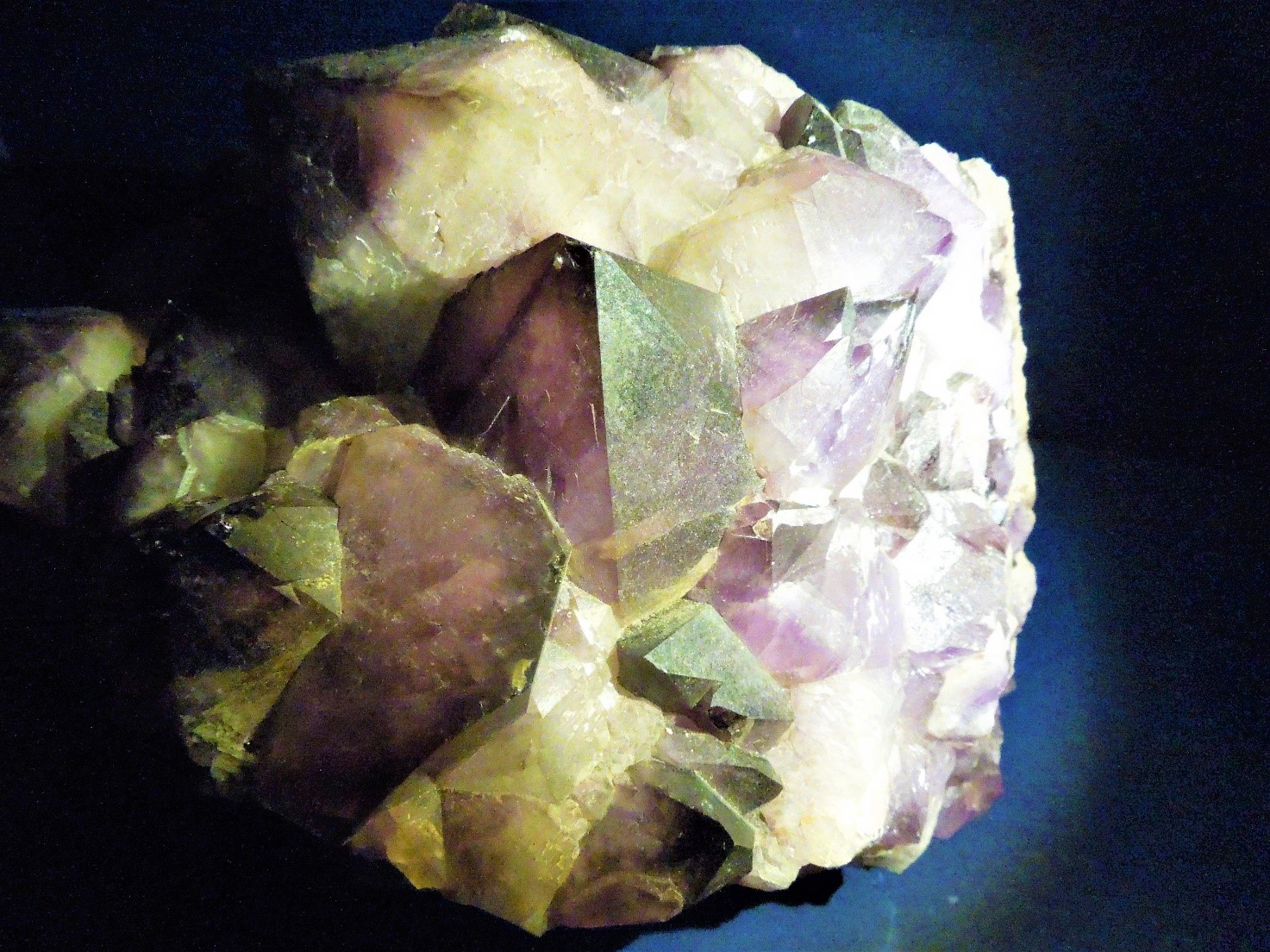
Astronomy
Astronomy is a natural science that studies the universe and its objects, phenomena and development. The research area of astronomy includes everything beyond the Earth and its atmosphere, and also the Earth as one of the planets. Astronomy is mainly based on physics, but it also uses other sciences from biology to chemistry.
In contrast to many other scientific fields, amateur activities in astronomy still produce scientifically significant results to some extent, because some interesting phenomena are fast and rare, in which case the most important thing is to be in the right place at the right time to observe them, while the efficiency of the equipment remains secondary. Hobbyist networks can also organize observation campaigns, for which the use of professional equipment is not technically possible or financially viable. URSA is responsible for the organized hobbyist networks in Finland.
In astronomy, observations have traditionally been made with telescopes, but many other instruments are also used. At AIRA, you can observe astronomical phenomena with a 300 mm telescope in the Evijärvi unit.
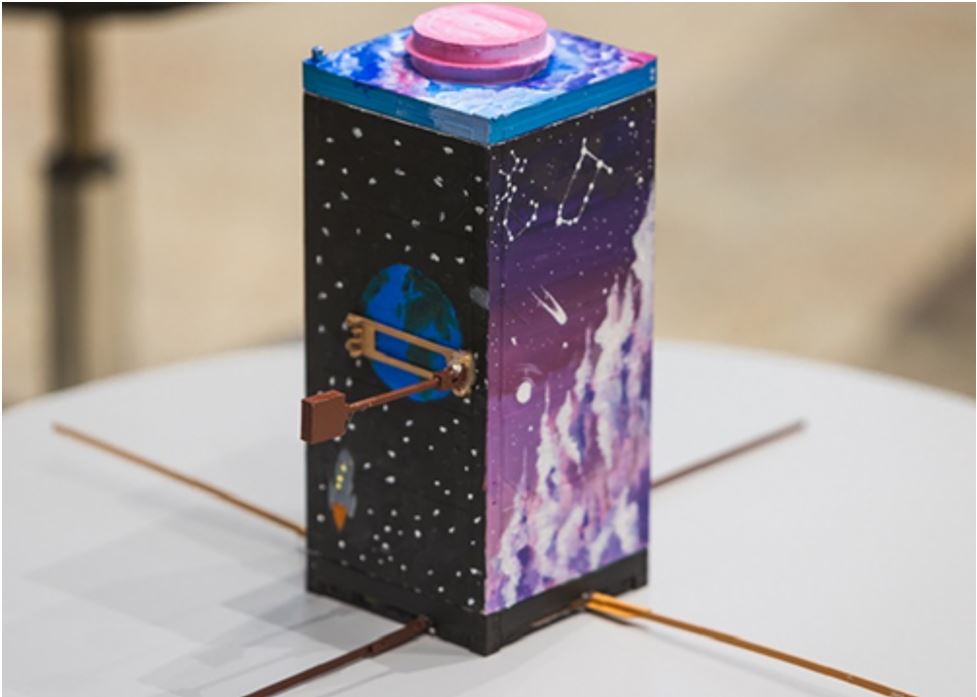
Geography
Geography (Greek geography, ‘drawing the earth’) is a science that studies the Earth’s surface and the phenomena occurring on the Earth’s surface, both man-made and natural. Geography looks for the regularities and causes of these phenomena, as well as the interactions between different phenomena. Research subjects in geography include, for example, the processes of the Earth’s living and non-living nature, their history, population, culture, settlement, economy and environment, as well as the environmental changes on all scales of time and regions.
In addition to the surface of the Earth, geography also deals with the structure of the Earth and the space surrounding the Earth, but a more detailed study of these belongs to astronomy and geology. What these diverse research perspectives have in common is a regional approach.
Geography is characterized by a spatial and temporal approach to phenomena, this emphasis distinguishes it from other related sciences. Regions and places are central to geography. Important working tools and operating methods used in geography include, for example, maps, GIS or geographic information system, remote sensing, satellite positioning and field research.
The importance of geography is emphasized by the fact that in Finland people start to get to know the phenomena that belong to it during the first years of elementary school, where it is taught as part of environmental studies; after that it is taught as a separate subject (from the fifth grade onwards) called geography.
In its operational area, AIRA provides a great opportunity to study, for example, land surface formations dating back to the Ice Age, such as, drumlins in Evijärvi and in the northern parts of Lappajärvi.
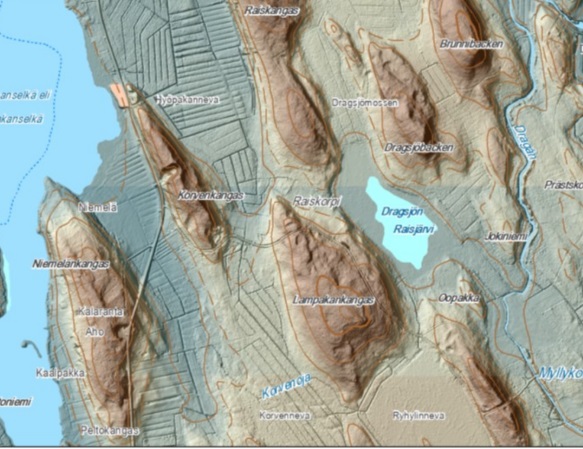
Geophysics
Geophysics is a physical science that studies the Earth and the atmosphere and the near-Earth space. Examples of geophysics research areas include predicting earthquakes, variations in gravity on the Earth’s surface, changes in the Earth’s magnetic field, water quality in lakes or mapping groundwater resources.
In particular, geophysical information is needed today to solve environmental problems and assess the effects of climate change. They are also important in studying other types of disasters (earthquakes, volcanic eruptions, oil accidents) and preventing their effects. On the other hand, the data that geophysics provides is helpful, for example, in the search for new oil and ore deposits, which employ a large number of geophysicists. This type of use of geophysics is called applied geophysics.
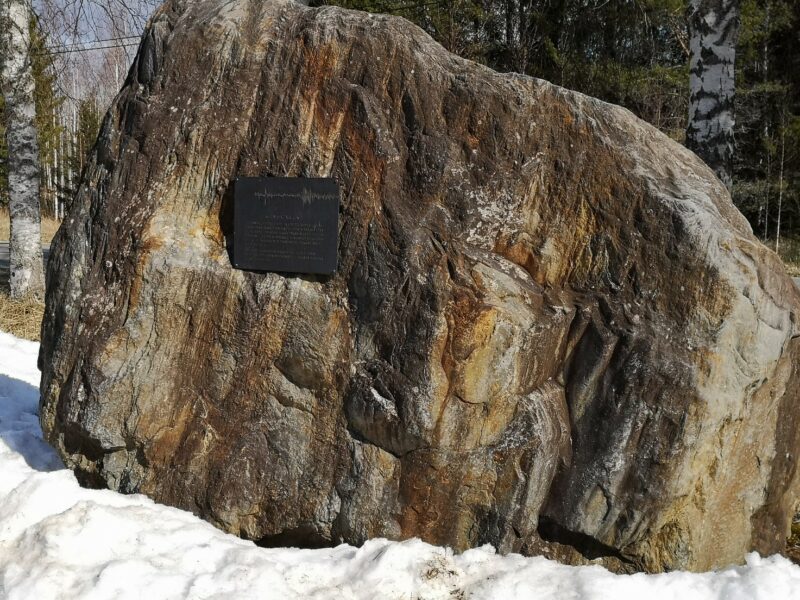
Hydrologia
coming soon…

Geokemia
coming soon…


